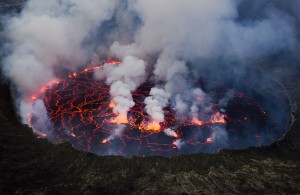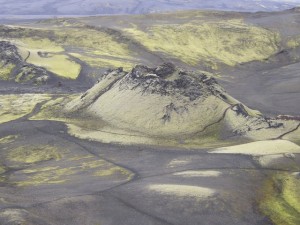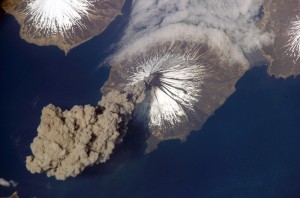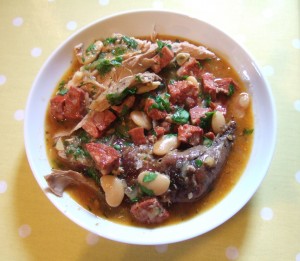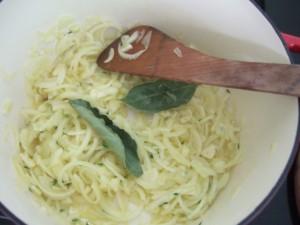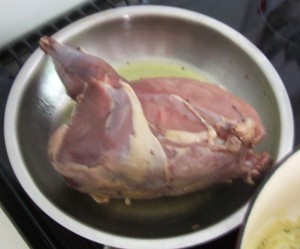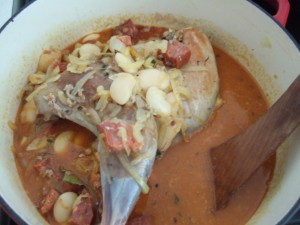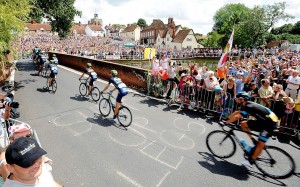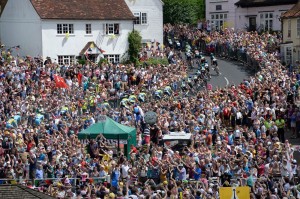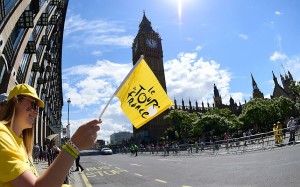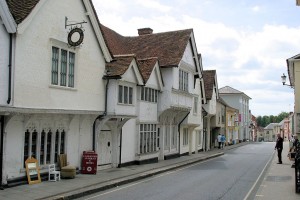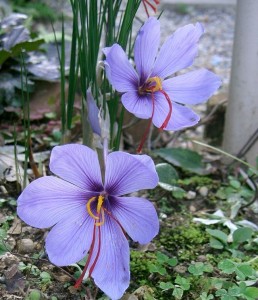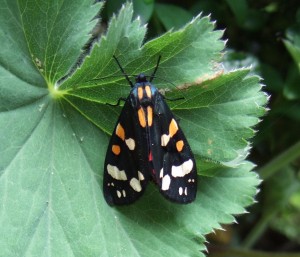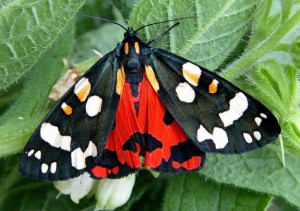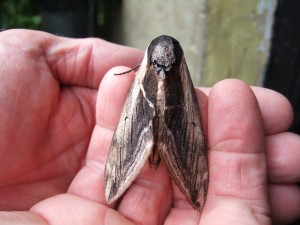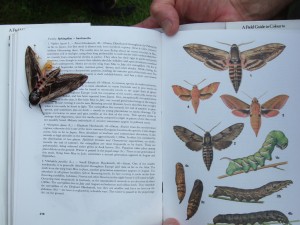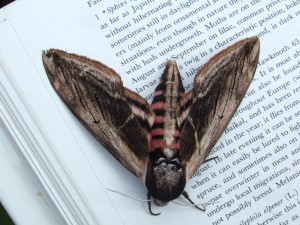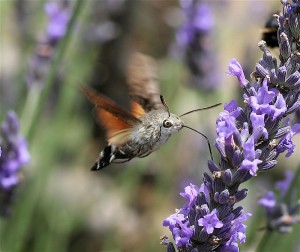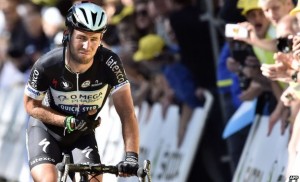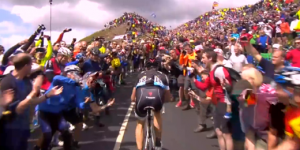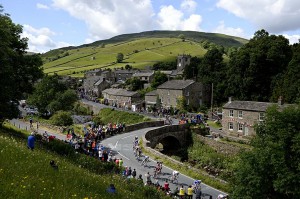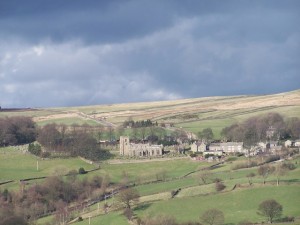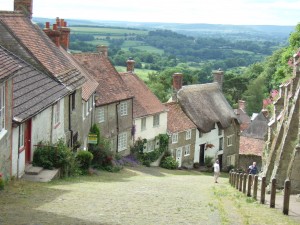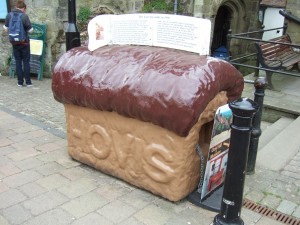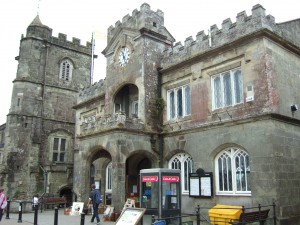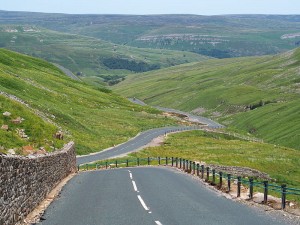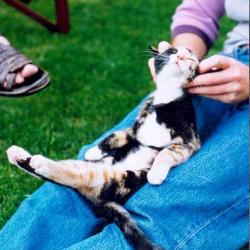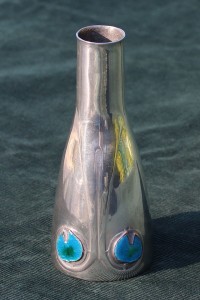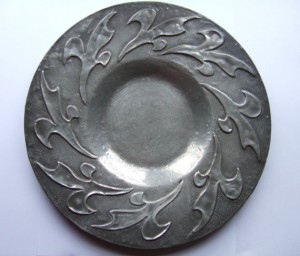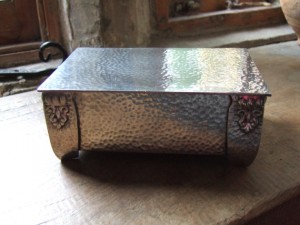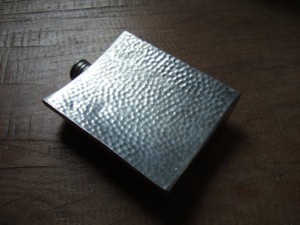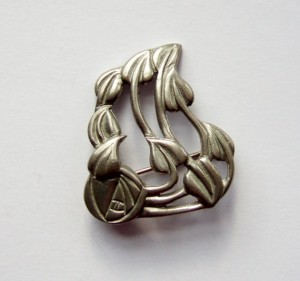I have always had a fascination with nature’s dramatic events, such as tornadoes or tsunamis or landslides or earthquakes. At the top of my ‘ooooh’ list: volcanoes.
When a new volcanic underwater vent off the coast of El Hierro in the Canary Islands started erupting back in October 2011, I tried to find out what I could about it on the web. One of the best sources was a new blog, VolcanoCafé, which I gather was set up to house volcano aficionados who had been deemed too chatty for a more serious-minded volcano website (though I might have got that wrong …).
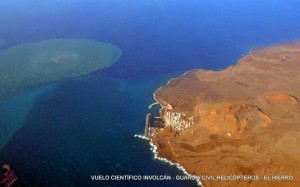
The eruption at El Hierro, pictured three months in to the eruptive phase, on 5 January 2012. Photo by INVOLCAN.
I have little scientific knowledge. I did geology ‘A’ level partly because of my fascination with volcanoes, but it involved mineralogy and crystallography and other areas of study that I really, really struggled with, only having done biology and geology at ‘O’ Level. I found VolcanoCafé perfect for me, as it is accessible to those with little or no scientific knowledge. It’s maintained by a group of highly informed and interested amateurs who understand what it is to not fully grasp things, and explain patiently in the comments section anything you might not understand.
What I love about VolcanoCafé is that it features articles written by its readers, about volcanoes that inspire them. You get the real sense of wonder and excitement, plus a really eclectic mix of subjects. Professional volcanologists read it too, and pop up in the comments section every now and then. The comments section is always really lively, and often provides early alerts and updates to new volcanic events around the world. Currently I’m learning about the new eruption which has enlarged Japanese volcanic island of Nishinoshima. Fantastic!
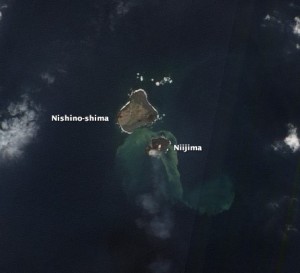
When the submarine eruption near the island of Nishinoshima first broke the surface of the water, the island it created was named Niijima. It has since expanded considerably and joined to Nishinoshima. This photo was taken on 8 December 2013, by the Advanced Land Imager (ALI) on NASA’s Earth Observing-1 (EO-1) satellite.
So a heartfelt ‘thanks’ from me to Carl, the founder of VolcanoCafé, and the ‘dragons’, and all the contributors who make it such an interesting and vibrant read.
